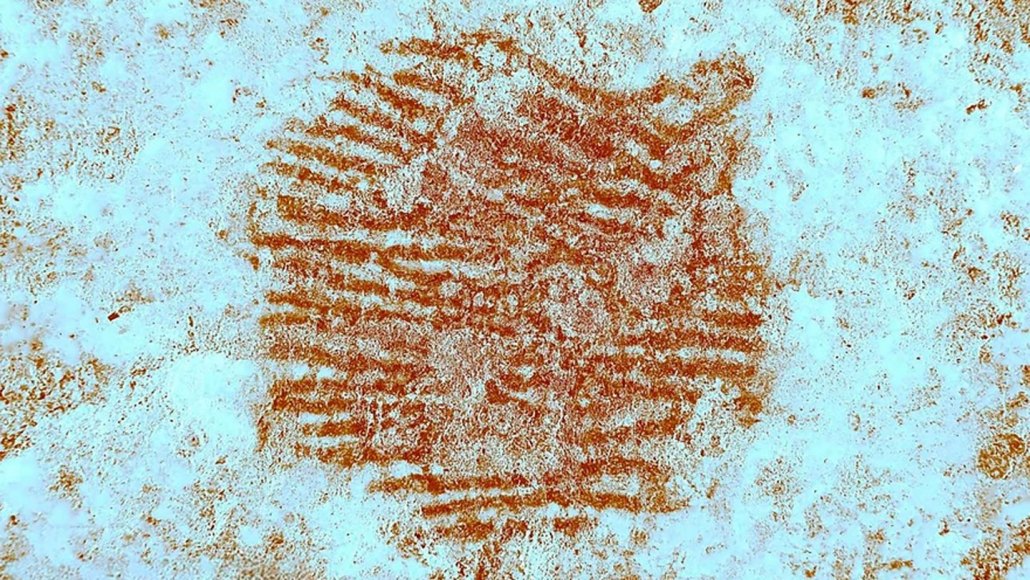A 43,000-year-old Neandertal fingerprint has been found in Spain
A red ochre dot may include the oldest, most complete print from our ancient relative

Multispectral photography of 43,000-year-old red pigment on a rock in Spain revealed an embedded fingerprint. Each red line is about 0.5 millimeters wide. The most likely culprit was an adult man painting with the tip of his finger.
D. Álvarez-Alonso et al/Archaeological and Anthropological Sciences 2025